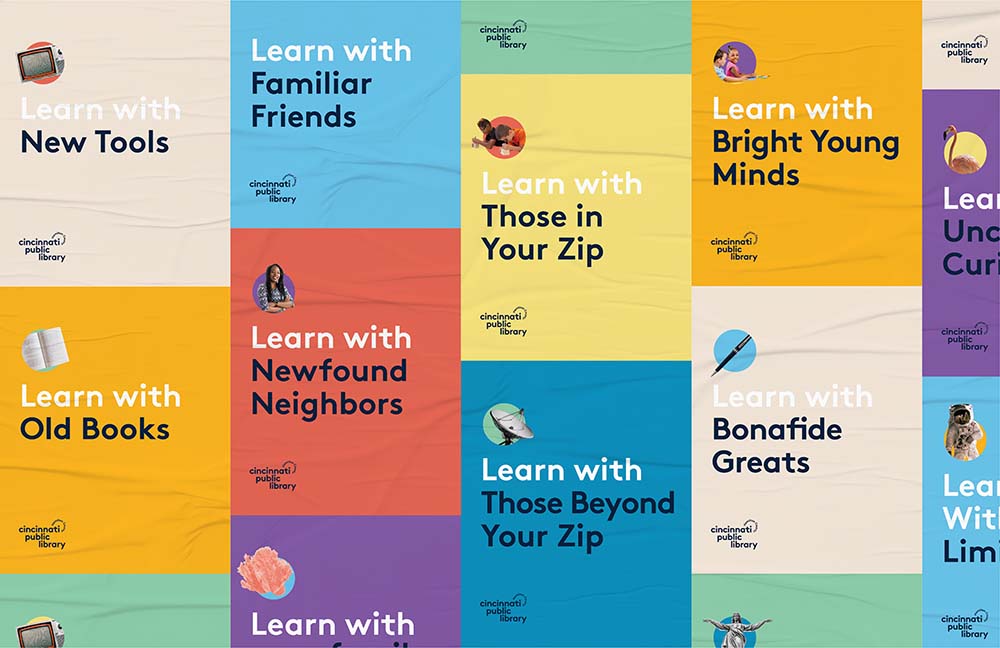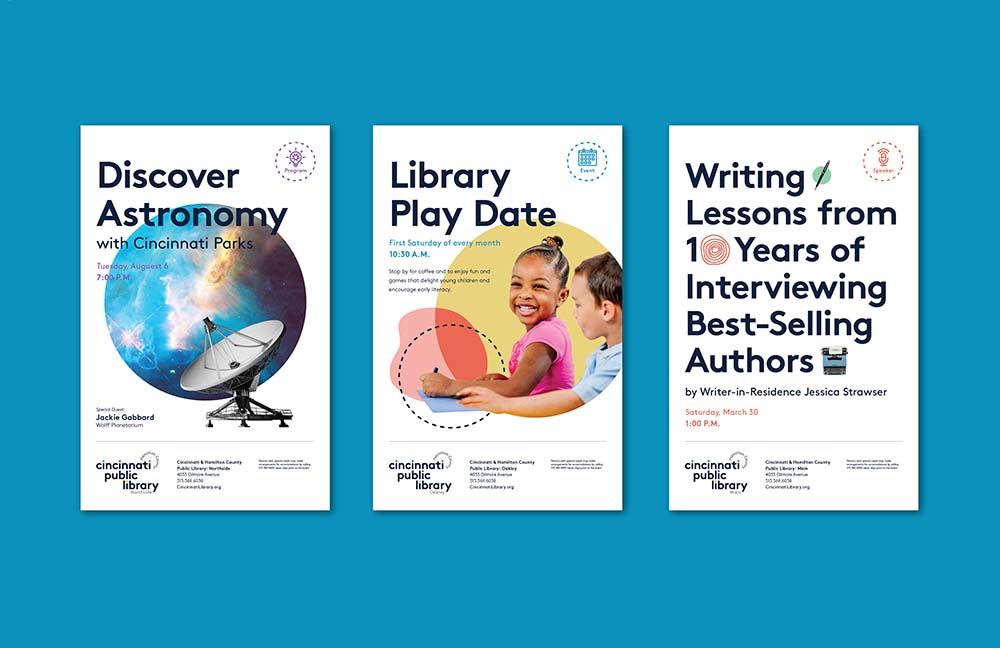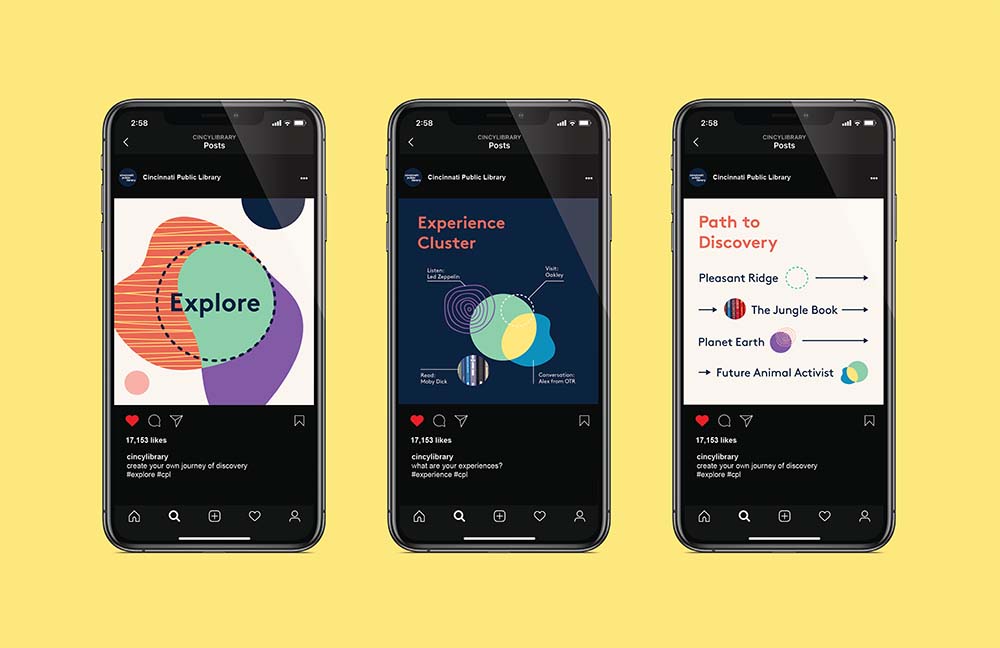You’ve drawn your roadmap and built the dream team. Now it’s time to create. Here, Mark Westbrook, a creative director who’s led many a brand refresh, explains how to dive in—and ensure your refresh is made to last.
This is Part II of a two-part feature. To read Mark’s first piece, focused on how to draw a roadmap for your brand refresh and enroll the right team, head here.
Lessons Learned From a Refresh Done Right
On the cusp of a brand refresh? Here are easy steps to guide your team’s next big move.
1. Think Internal and External
Consider this a time to take a step back and get a good grasp on where your brand lives, and how it gets there (who is doing the work). You want your brand to connect with consumers in meaningful ways through various applications and channels, but in order to do so, it needs to be strategically designed as a system your team can put to use. The more seamless and intuitive to implement, the more powerful your brand will be. Think of your brand refresh as a chance to listen to your creative team’s wants and needs, then build a system that enhances your chances of connecting with consumers. Start by asking:
• Who is using the system? What are the team dynamics and skillsets?
• What challenges do they face as a team
• What are our main channels of deployment and applications?
• What are our future goals? Could the right system help us be more ambitious?

2. Build for control and flexibility
Successful brands leverage iconic assets unapologetically across applications to drive brand recognition. While these add significant ease of use to the toolkit, developing a system born of “stamp and repeat,” one-dimensional assets can eventually become dull, boring and fail to meet your consumers’ ongoing needs. Interjecting assets that are meant to evolve and grow with the brand can keep consumers (and your internal team) continuously engaged and wanting more. Consider the following:
• The addition of flexible assets can empower your team to take ownership of the brand.
• Develop your graphic system on a continuum: from reserved to expressive, affording your team more customization.
• Leverage media-neutral assets that can be applied to any application.

3. Create Brand Advocates
The final stage of the branding process can oftentimes feel transactional: documentation and file release. But guidelines are a critical step that connects all the dots and sets the foundation for all future work. It’s critical that everyone “gets it.”
“Once the momentum has shifted internally, you can then start to roll out externally.”
Consider a much more interactive approach at this stage to ensure there is clarity and understanding of the refresh—first at the team level, then eventually company-wide. This gets everyone speaking the same language and creates advocates for the change. Once the momentum has shifted internally, you can then start to roll out externally. Consider the following:
• Educate and inspire teams through hypothetical exercises and scenarios to test-drive assets.
• Treat guidelines as living, breathing documents that evolve over time—not a set of handcuffs.
“The success of your brand refresh isn’t gauged solely on the initial response during launch.”

4. Leverage Continued Engagement
The success of your brand refresh isn’t gauged solely on the initial response during launch. The true signs of success happen in the months and years to come. How are you able to adapt, respond and nurture what has been built to achieve its fullest potential? To do this, the most successful brands operate through an ongoing creative partnership, allowing for fluid interaction after the refresh. Consider the following:
• Maintain a consistent sequence of health checks.
• Leverage collective expertise in critical moments of change: new channel activations, new offering launches and so forth.
• Establish workshops or trainings as refreshers for existing and new employees.
Piece of cake, right? There’s no denying the herculean effort it takes to initiate, navigate and successfully execute a brand refresh. You’re working with (and potentially against) a number of variables that are oftentimes beyond your control. But with the right partners and mindset, it can pay off dividends for the business—and deepen relationships with your consumers—for years to come.







